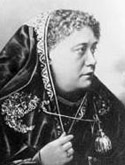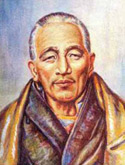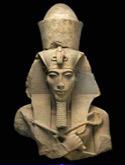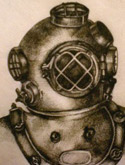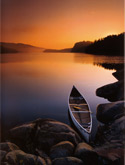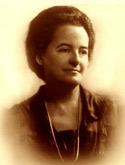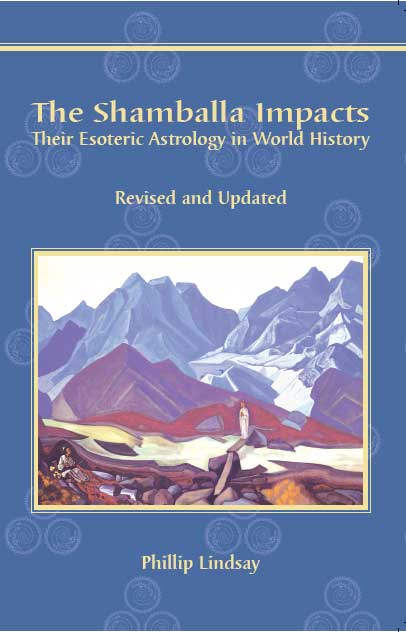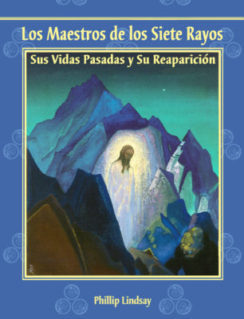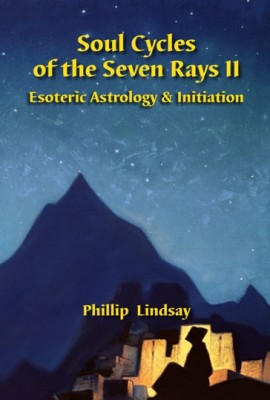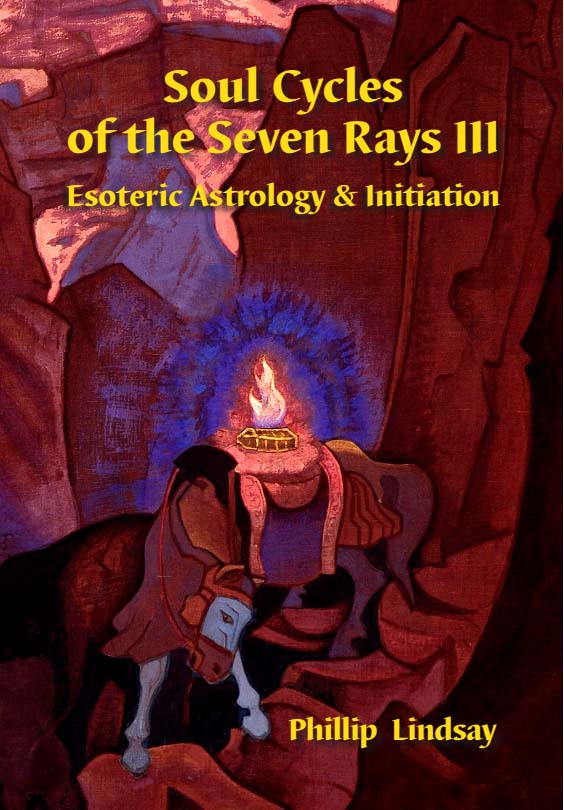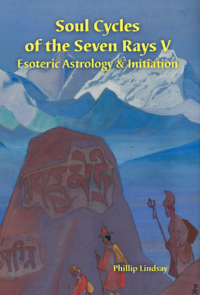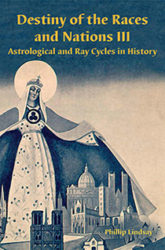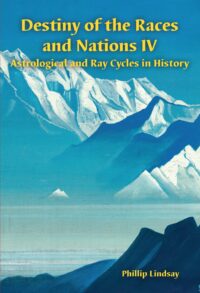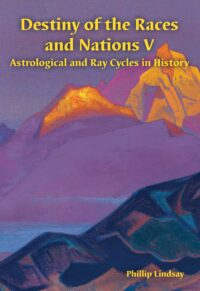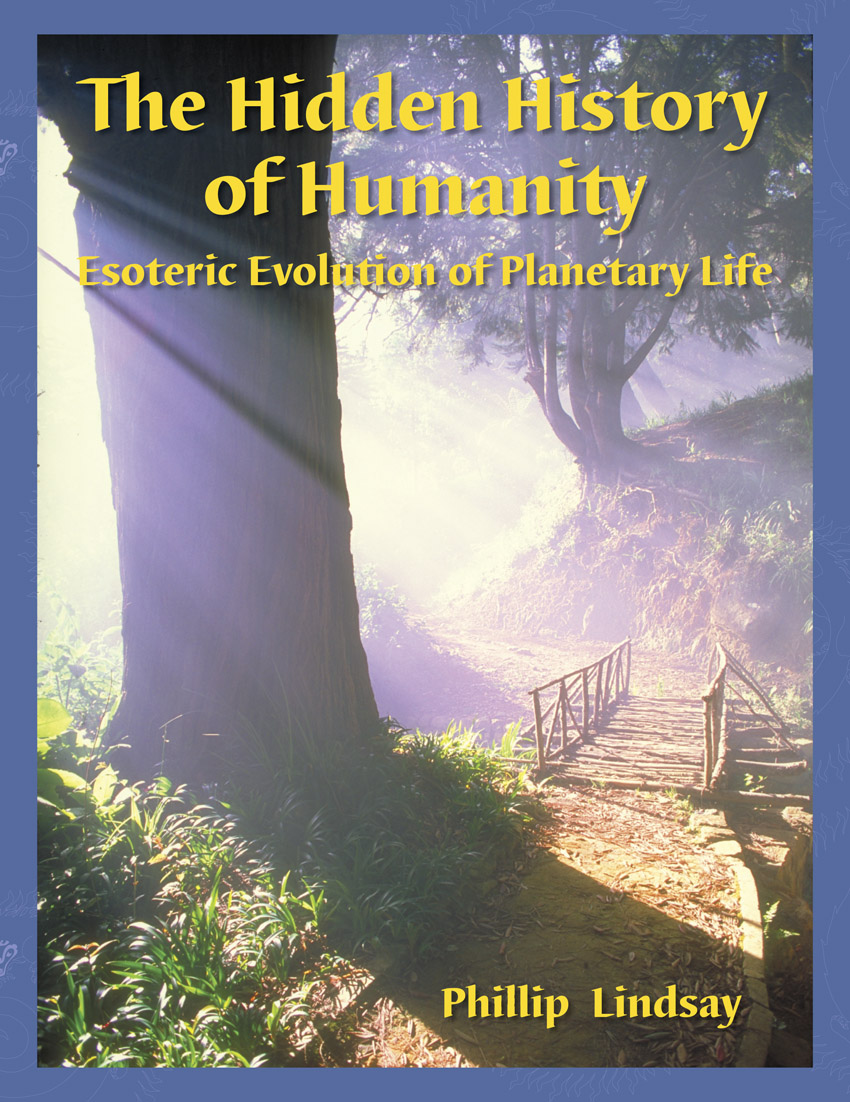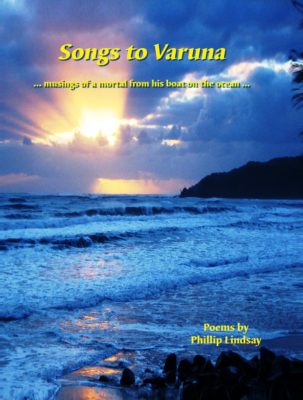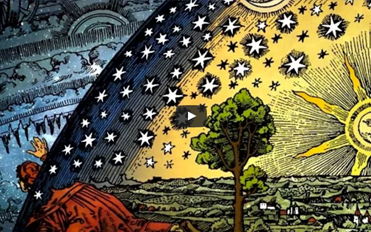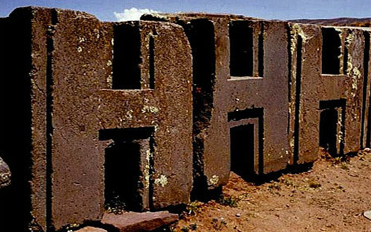
North Wales
Scotland
Findhorn
The Orkney Islands
Iona
London
Handel and Hendrix
North Wales
By myself now, for a few weeks, I leave south Wales and head toward north Wales where I am to talk at the Bangor and Chester Theosophical Societies; these have been the only talks that I have had a chance to organise on this trip and frankly, I wanted a break anyway since the last five years of constant touring and talking has been tiring. I met Bangor local Dana, who took me to several places of megalithic interest, and we stopped at a restaurant to have lunch. I was perusing the menu and asked, ‘what is this “white lodge salad”’? They replied saying, ‘this is the White Lodge restaurant’.
‘Oh’, I say, ‘thats strange, fancy being taken to the White Lodge for lunch!’ – my guide Dana was not familiar with the term and its relation to the Masters of Wisdom. ‘Well’, I replied to the waitress, ‘I’ll have plenty of that salad, and perhaps you could give me a dash of Shamballa dressing while you are at it?’
 The whole of Britain is strewn with ancient remains of most recently the Romans of course, but the civilisations that have come and gone span many millenia. Around practically every corner in Britain, an ancient church, castle, dolmen, stone circle etc. comes into view, something that those of us who live in Australia or USA are not used to seeing that prolifically; it gives a profound sense of history and tradition.
The whole of Britain is strewn with ancient remains of most recently the Romans of course, but the civilisations that have come and gone span many millenia. Around practically every corner in Britain, an ancient church, castle, dolmen, stone circle etc. comes into view, something that those of us who live in Australia or USA are not used to seeing that prolifically; it gives a profound sense of history and tradition.
Bangor is no exception and acts as a gateway to ancient Angelesy, ground zero for the Druids, ancient Celtic magic and trade. Angelesy is actually a large island off the north-west coast of Wales, which is not that obvious until you have it pointed out on the map that it is completely separated from the mainland by a very narrow salt water channel.
I spent a week camping on Anglesey, checking out the various dolmens and circles and soaking up the moody Welsh weather. The rocks on the ancient monuments are very old and very heavy! How they were put into place is still a mystery. One particular slab in the photo below, is supposed to weigh about forty tons! Nevertheless their purpose was mainly ceremonial and/or burial.
 I had the pleasure of meeting locals in Bangor at their Theosophical Society and gave a talk on The Hidden History of Humanity. Later in the week I did the same at the Chester TS, just over the Welsh border. I would like to take the opportunity to thank the people associated with these lodges for their kind hospitality. It was also a joy to see some of the new generation of enquirers who are keeping the ageless wisdom vitalised. Cheers to Jon, Jennie and Teresa!
I had the pleasure of meeting locals in Bangor at their Theosophical Society and gave a talk on The Hidden History of Humanity. Later in the week I did the same at the Chester TS, just over the Welsh border. I would like to take the opportunity to thank the people associated with these lodges for their kind hospitality. It was also a joy to see some of the new generation of enquirers who are keeping the ageless wisdom vitalised. Cheers to Jon, Jennie and Teresa!
Findhorn
From Wales I headed straight up to northern Scotland to visit friends in and around Findhorn for a week or two. The Findhorn Community was established in the 1960’s by Eileen and Peter Caddy and Dorothy Maclean. It has gone through various phases of growth and is still a thriving international group based upon spiritual principles and ecological sustainability; it extends around Findhorn and into the local towns like Forres.
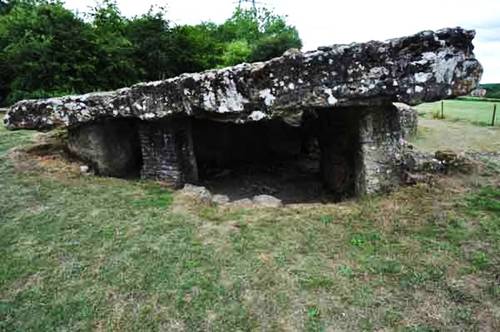 The impulse for Findhorn Community most definitely emanated from higher inspirational sources. Extraordinary experiments and communications with the deva or angelic kingdom took place in those early days – to demonstrate how humanity could co-operate with them. Dorothy Maclean (now in her 90’s), the one who received so many of the angelic transmissions, has recently returned to live the rest of her days here.
The impulse for Findhorn Community most definitely emanated from higher inspirational sources. Extraordinary experiments and communications with the deva or angelic kingdom took place in those early days – to demonstrate how humanity could co-operate with them. Dorothy Maclean (now in her 90’s), the one who received so many of the angelic transmissions, has recently returned to live the rest of her days here.
If one goes to the barely used library near the Great Hall, there is a meditation room adjacent, that was always empty when visited. Hanging on the wall is a portrait of the Count St Germain, known now as the Mahachohan or Lord of Civilisation. On the mantlepiece is another portrait of St Germain from Manly P. Hall’s book, The Secret Teachings of All Ages. So there is no ambiguity here as to what inspirational forces lie behind Findhorn!

Portrait at Findhorn of Count St Germain
Whilst exiting the Universal Hall at Findhorn Community one day, I met a man who asked me to do an article for an upcoming publication on Francis Bacon (said to be a previous incarnation of Count St Germain). We stood there talking for about fifteen minutes, when our attention seemed to be drawn simultaneously to a small plaque on the wall near our feet. It was dedicated to Francis Bacon and carried one of his esoteric ciphers upon it!
There are groups doing excellent work here, in all tradtions and disciplines. In this respect, Findhorn has been a seed for the new Aquarian cycle and it has inspired and spawned many other groups across the globe. Space does not permit me to do true justice to Findhorn and its history, though of course there is plenty of information on the internet about it.
Like Wales, Scotland shares the Celtic ancestry and is a very mystical place. There are many Welsh and Scots who have the ‘second sight’ (psychism, clairvoyance etc). I met one character who had a wealth of experience in UFO phenomena and regaled me with stories for hours – until my head was spinning so much, I had to beg my departure!
Shakespeare’s story of Macbeth (written they say, by Francis Bacon), is a story that contains some infamous scenes related to witches and some old magical practices of Scotland. “Double, double toil and trouble; Fire burn, and caldron bubble!” Macbeth’s castle is nearby Forres and is a very pleasant visit, simply to see how they lived in those days. (No ghost of Macbeth that I could detect!)
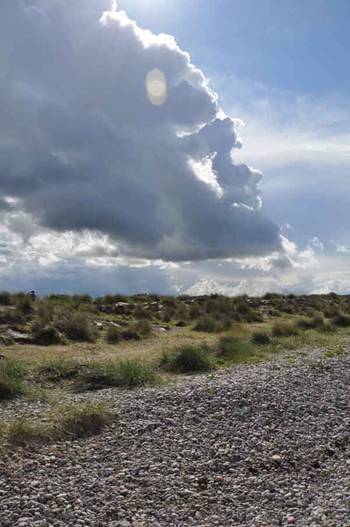
Findhorn Beach skies
My best wishes to my friends at Findhorn – Marion, Iona, Heather, Sven, Betsy, David and the two Daves!
August: The Orkneys, Scotland.
I head toward northern Scotland to take a ferry to the Orkneys. I had been warned not to let the fuel gauge go too low on the camper, once the reserve light came on. The drive was through some narrow coastal road, lots of steep hills and I am pushing my luck by not stopping for fuel, thinking I had plenty.
Well I did, kind of, but not on steep hills and I found myself suddenly without any power whatsoever while accelerating up a hill, on a narrow road, with lots of traffic behind me! Well serendipity was smiling upon me, as I rounded a corner to see a rare roadside pullover. I managed to just cut in front of oncoming traffic and coast in to a safe stop.

Brodgar Circle, Stenness
I hate to think what would have happened had this spot not been there as I would have created a very dangerous situation for myself on the road. I had a spare container of diesel and was just figuring out how I should prime the motor with some fuel, when a Scotsman walking his dog appeared out of nowhere. He was an ex-trucker and found my fuel primer straight away, and we had the engine going again in no time. While I am thanking him, he asks me if I know where the Aussie term ‘sheila’ (girl) comes from. He says that it comes from when the British used to transport the convicts by ship to Australia. The prisoners were known as ‘lags’ and the women prisoners ‘she-lags’, hence ‘sheila’. Well after that bit of good luck and trivial pursuit, I get back on my pursuit!
The drive-on ferry to the Orkneys is very expensive but a nice scenic trip. After disembarkation I head toward the standing stones, arriving by 8 pm, still quite light in the middle of the British summer.
The star attraction here is undoubtedly The Ring of Brodgar on the island of Stenness. According to archeologists, it is “the finest known truly circular late Neolithic or early Bronze Age stone ring and a later expression of the spirit which gave rise to Maeshowe, Stenness and Skara Brae.”
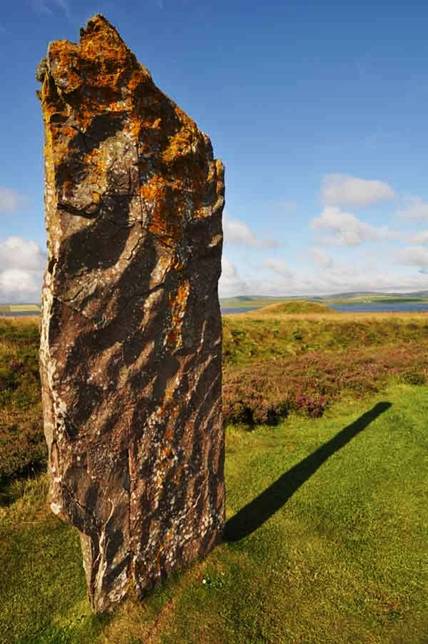
A Day in the Life
To answer some readers’ enquiries, I might mention that all the while my investigations continue, I have to do my other daily work to earn an income. The Origins Odyssey project is, apart from a few modest donations, entirely self-funded. I have been self-sufficient and independent in this work for the past ten years; this philosopher has to be a businessman too, sometimes a difficult balance!
A typical day might involve several hours on the laptop in the campervan, thanks to my mobile broadband connection. There are correspondence students to attend to, horoscope consultations, writing of monthly newsletters, uploading material to my websites, forums to mediate and so on. I sometimes complain to myself of being ‘chained Prometheus-like, to my laptop” as part of my dharma in spreading the ageless wisdom – and its practical application.
The Orkneys was difficult to keep the flow of work because of bad broadband coverage, so 7 am every morning saw me inside one of the glorious old hotels in Stromness – who generously allowed me to use their wireless.
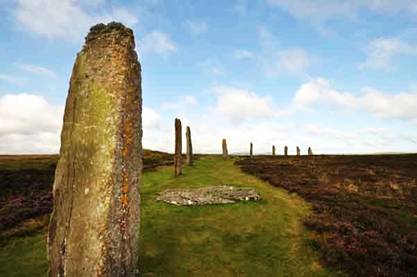 Life on the road has its own unique challenges and stresses. It is physically exhausting driving very long distances. Quite often one will expend 99% of time and energy to get somewhere and spend 1% of time and energy there. Traveling and sleeping in unfamiliar places can be very unsettling, especially if you are a strong seventh ray type with a penchant for rhythm and order!
Life on the road has its own unique challenges and stresses. It is physically exhausting driving very long distances. Quite often one will expend 99% of time and energy to get somewhere and spend 1% of time and energy there. Traveling and sleeping in unfamiliar places can be very unsettling, especially if you are a strong seventh ray type with a penchant for rhythm and order!
This can also upset regular meditation practice, something which must be conserved at all cost as part of one’s service work. A good night’s sleep can also be a frequent casualty in this lifestyle – especially, to use the Prometheus metaphor, if you have an eagle coming to peck away at your liver every night!; yet healing is a horizon that gets ever closer.
There are glorious moments though, like finding oneself in a beautiful and desolate landscape, as the golden glow of late afternoon teases out the rustic textures of the ancient stones; communing with the spirit of the place and past. Or, spontaneously stumbling upon that spacious place within, where the roar of the universe and its sublime beauty deafens you to any outer distraction; these are the precious sattvas that you extract and keep.
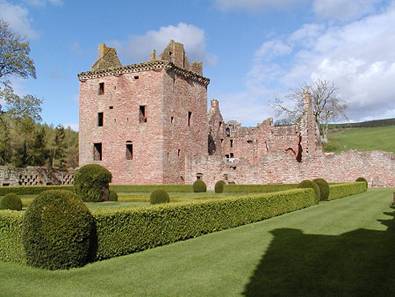
Edzell Castle

Edzell Castle, Scotland
I have decided that I have ‘tarried’ long enough in these ‘vales’ and head back to the mainland. I pick up Renata in Glasgow, back from Europe – and we head the campervan toward Edzell, near Aberdeen. Edzell Castle is the home of my forebears, the Lindsay clan.
It is now a ruin of a 16th century castle, but I mention it because it is unique in all of Scotland, if not Britain, in its association with esoteric subjects. Around the walled garden that was designed by Sir David Lindsay, are depictions of the planets as well as the seven liberal arts: Grammar, Logic, Rhetoric, Arithmetic, Astronomy, Music and Geometry.
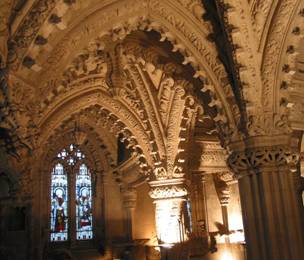
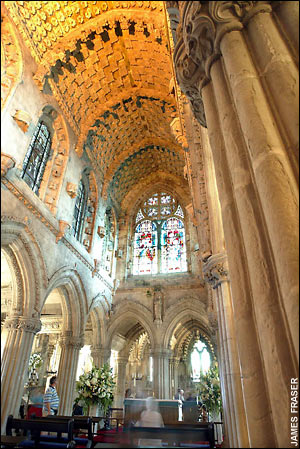 Rosslyn Chapel
Rosslyn Chapel
We take a day visit to Rosslyn Chapel, just south of Edinburgh, legendary place of mystery, magic, the mystic and secret orders. The place is currently undergoing extensive repair – a renovator’s nightmare with all sorts of problems, many of them the damp. The chapel itself is like a carved sculpture, so intricate and fine, with many esoteric symbols.
There were hoards of people visiting the chapel that day, it was packed. We were told that downstairs in the basement/crypt is where the ‘real energies’ are and our experience confirmed this.
Scotland has some stunningly beautiful places, like the river below that we came upon. The red waters no doubt derive from the bracken.
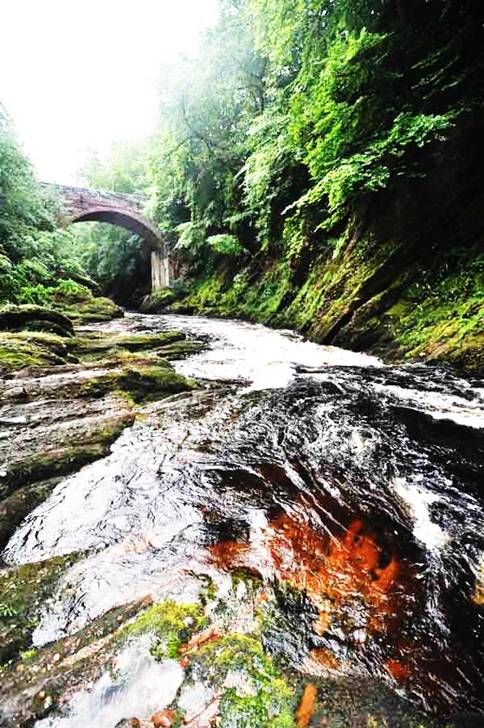
[excerpt from old Scottish song, not my cup of
tea as far as poetry goes, but it gives the gist …]
But our sturdy Scottish rivers, they come tumbling from the bens
Like a crowd of happy children, to make music in the glens.
The mountain mist surrounds them and moorlands heather flanks
and the bending of the birches is a beauty on their banks.
They breast the barring boulders in their eagerness to be
The one before the other in the bosom of the sea.
They clutch the red-scaured edges and they trample down the clay
And the thunder of their footsteps is a shout to clear the way.
Iona
And so we head to the island of Iona, just off the coast of Mull on the west coast of Scotland. A good run and some lovely views down through Loch Ness sees us just catch the last ferry of the day to Iona. Our kind host Elinore has put us up in her Highland Cottage while she is overseas. Every building on the island is designated as part of the Scottish National Trust.
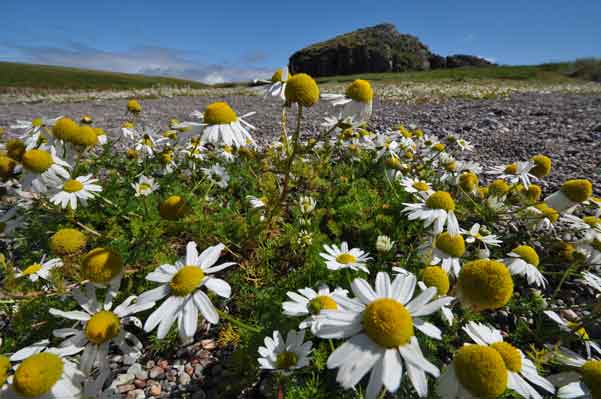
With its stunning landscape of white sandy beaches and dramatic changing light, Iona is one of the most sacred sites in Britain. It was here in AD 563 that St. Columba and his followers arrived from Ireland to spread the gospel throughout Scotland and northern England. Iona is still a centre for Christian pilgrimage, and its atmosphere of spirituality and sense of serenity continue to inspire visitors and those who still live and work on the island.
There seems to be an unique freedom that permeates the ethers of Iona. It is a freedom of thinking, untarnished by any other thoughtforms. This influence most likely emerged from the saturated atmosphere of centuries of devotion and meditation by monks and nuns on the island. And perhaps from before 564 AD. There are lots of Christians who visit the island – born-agains, Pentecostals etc. And Australians everywhere, working in every conceivable place that there is to work on the island! (Aussies do travel alot but New Zealanders usually more so.)
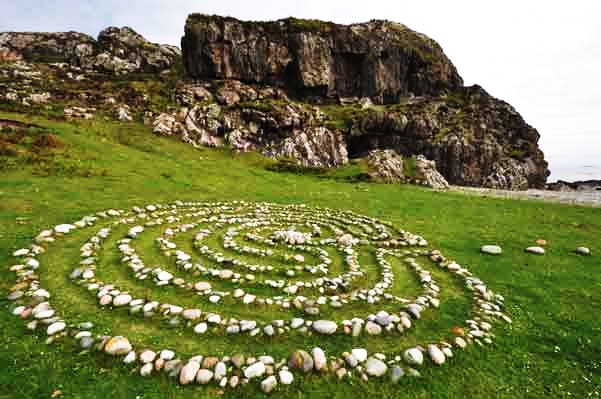
St Columba’s Bay
Iona is an excellent place to do meditation retreats, write books, contemplation in general. Despite the large influx of tourists every day (in summer at least), one can still find a quiet spot. There is no noise here that you take for granted on the mainland, such as traffic, machines and industry. There is the odd jet from the RAF that screams overhead now and again, but that is the only thing that disturbs its tranquility.
Hermits Cell
The most profound place we visited on the island was Hermit’s Cell, a 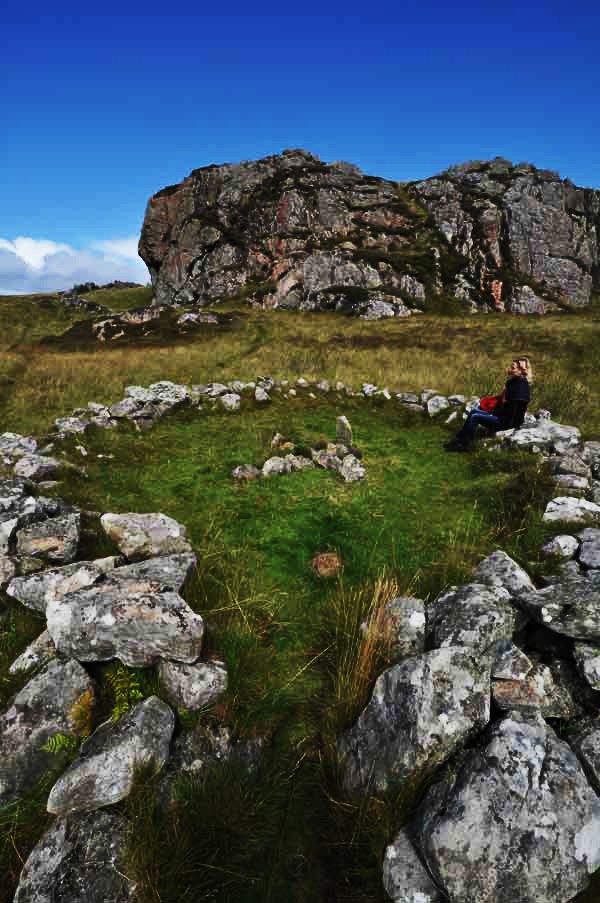 place where one of the monks from the abbey went to live and meditate. The site is much older though, with the ruins of ancient communities lying around. Writers and travellers have commented upon its power for centuries, one reporting a vision of Pan and another seeing the ghosts of Vikings emerging from the ground.
place where one of the monks from the abbey went to live and meditate. The site is much older though, with the ruins of ancient communities lying around. Writers and travellers have commented upon its power for centuries, one reporting a vision of Pan and another seeing the ghosts of Vikings emerging from the ground.
We set out with vague directions in fine weather, that soon turned into driving wind and rain. After getting lost several times and just as the sun came out again, we found it!
There is a stunning view from Hermit’s Cell of the sea and coast. I climbed up on one of the tors nearby to get a better view, to be met by a black raven guarding the pinnacle. After spending some time here, we left, taking a ‘shortcut’ to a beach that we can see in the distance. After an hour or so of hopping through boggy paddocks and water, we arrive at a deserted and pristine white beach with turquoise waters, looking like a promotion photo for somewhere in the Carribean. We knew the water would be very cold (13C!) but we dashed in anyway – several times, then sunned ourselves on the white sand afterward. That was one of the best days of our visit.
Although Iona Abbey is stunning, I found the ruins of the Augustinian Nuns energetically very appealing. Whatever they did there, they got something right! After a week of exploring, our schedules started to kick in – Renata has to return to Costa Rica and me to London.
London
Through a friend of a friend, I ended up living at Barnet in London’s north, a fascinating place with alot of history, some of which is most esoteric and none of which I was aware of before arriving. More specificially, it is the ‘Barnet triangle’, based upon ancient sacred sites where two churches dedicated to St Mary are built and Camlet (Camelot) Moat. They are part of larger ley lines that go through London. It is described thus:
“Only one place actually called Camelot appears on old maps. So far it has been overlooked by those in search of this legendary location. It is hidden in woods on the outskirts of London. Archaeological digs show it had a massive drawbridge over a moat, walls five and a half feet thick and a dungeon. It also has apparitions of a Guinevere-like “White Lady” and is regarded locally as a place of visions, healing and inspiration, with some very definite and intriguing connections to the Grail Myths and Arthurian Legends” (London’s Camelot and The Secrets of The Grail by Christopher Street).

Recently in London there was an exhibition for a couple of weeks dedicated to the memory of Jimi Hendrix who died 40 years ago. At the peak of his career, Hendrix bought a flat in London that he said was his first true home. It just so happened that the flat was next door to the apartment that Handel lived in when he was in England. Hendrix apparently had great respect for the classical composer and it is interesting that both of them found greater fame and fortune away from their native countries.
I mentioned this to a friend of mine who is a Hendrix afficionado and who had the good fortune to see him at the legendary Pali Gap concert in Hawaii. Coincidentally, he is writing a novel that involves a time-traveling Mozart and Handel connecting in the future with Eric Clapton and Jimi Hendrix!
Hendrix had many esoteric references in his work (as did many artists of the time), such as ‘looking out my belly button window’ (solar plexus), rainbow bridge (antahkarana) etc. His latest posthumously released album is called “Valleys of Neptune”, which pretty much sums it up, both from the mystical angle and also Neptune’s astral realm of drugs and alchohol.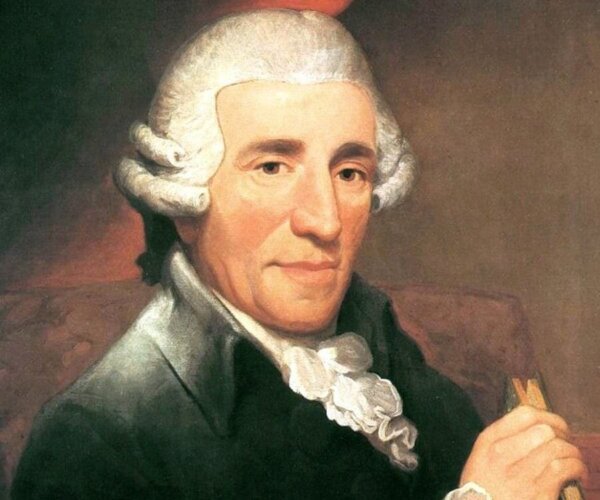
Hendrix was a Sagittarius Sun and Sag rising, but Neptune was the ‘most elevated’ planet in his horoscope in the ninth house of higher metaphysical thought and art. Neptune was also sextile to his super sensitive Cancer Moon which it rules esoterically – and conjunct Sagittarius ruler, Jupiter in Cancer, so a very expansive and rich mix!
This sensitivity allowed Hendrix to be a ‘channel’ and his highly original and innovative guitar playing reflected that. One only has to listen to the rare and hardly known instrumental track called ‘Pali Gap’ (played at the concert of the same name), to get a taste of some of the realms he could touch. (Here is a good cover version that comes close to the original.)
Handel was quite a Neptunian as well, having Sun, Moon and Neptune – in Neptune-ruled Pisces. Neptune is of course, god of the cosmic waters so it is no accident that one of Handel’s pieces is called ‘Water Music’ (King George I’s request for music on the Thames.)
It is interesting to note that Handel and Bach came forth on the wings of the reformative seventh ray cycle of 1675, and likewise Hendrix (born 1942), just as the seventh ray cycle that started in 1945 was gaining pace.

Hendrix at Woodstock: Pointing heavenward in true Sagittarian fashion and cradling his Sagittarian ‘bow’ (his Fender Stratocaster), under his arm.
Phillip Lindsay © 2010.
Origins Odyssey: Travel Diary#3 – Costa Rica, Greece 2010.
Origins Odyssey: Travel Diary#1 – Britain 1. 2010
Origins Odyssey: Travel Diary#3 – Costa Rica, Greece 2010
Origins Odyssey: Travel Diary#4 – Greece & Crete 1. 2011
Origins Odyssey: Travel Diary#5 – Greece & Crete 2. 2011
Origins Odyssey: Travel Diary#6 – Greece & Crete 3. 2012
Origins Odyssey: Travel Diary#7 – India-Sri Lanka. (Prequel 1: 1992)
Origins Odyssey: Travel Diary#8 – Egypt (Prequel 2: 2007)
Books by Phillip Lindsay

